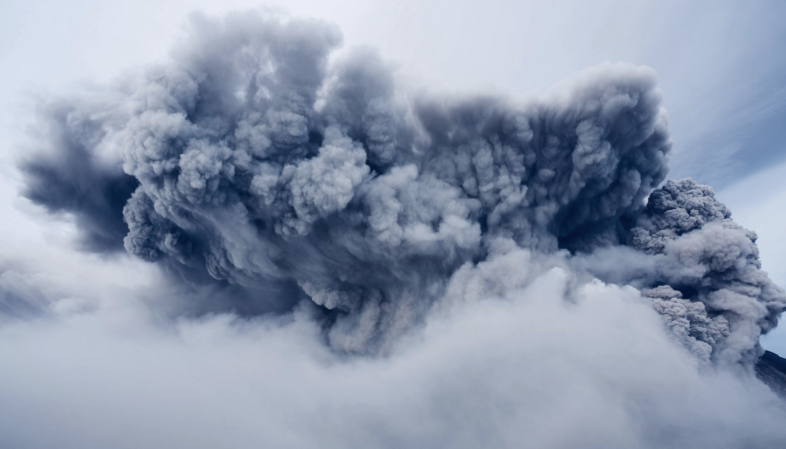How can one maximize the impact of their financial investments in carbon credits?
One parameter to consider is permanence, which indicates how long a project’s climate impact is expected to last.
Some projects will have lower permanence (< 100 years), while other will have high permanence (> 100 years) when it comes to storing carbon, but this is not necessarily reflected in spot prices for the associated carbon credits.
There exists ongoing debate about how to best calculate carbon prices with timescales in mind, and several frameworks exist, such as ton-year accounting.
Noticing that some carbon credits users find these approaches difficult to translate into real portfolios, CEEZER developed a more practical concept called the 100-year price, which effectively normalizes the price of a carbon credit (1T of CO₂e) based on the project’s permanence.
For instance, you may have Project A that stores carbon for 50 years and produces carbon credits at a price of $10 and Project B storing carbon 1000 years with carbon credits at $50. While Project B may seem more expensive on face value, it is actually more cost effective when normalizing for permanence, with the 100-year price equating to $20 for Project A and $5 for Project B.
Simply put, the 100-year price captures how much it costs to store carbon for 100 years, a timeframe within which society should have met emissions reductions targets and developed removal technologies to deal with residual atmospheric CO₂. Beyond the illustrative example, above, it is necessary to consider adjustments for discount factors and other variables impacting the quality of the carbon removal and storage of underpinning projects.
If you’d like to learn more about the 100-year price, or other parameters to consider in maximizing your climate impact through carbon credits, please get in touch or book a demo today.





